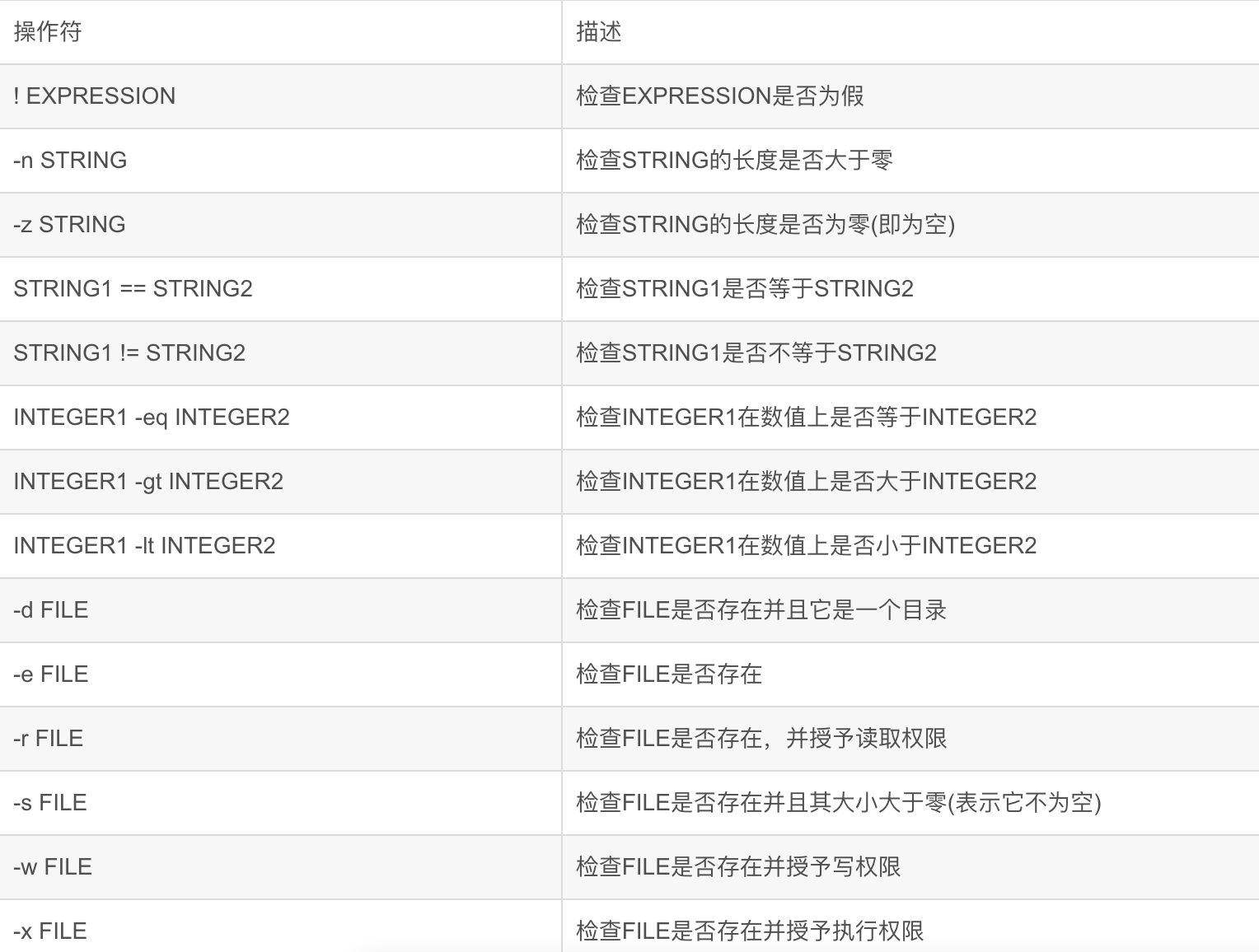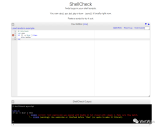在Bash Shell脚本中,可以使用多种方法来对文件进行操作,包括读取文件或写入文件。
1. 写入文件
bash shell可以利用"重定向",将一些打印到终端的消息写入到文件中,方便在需要时可以对此文件文件查看。
1.1 仅将输出写入文件
要将Bash命令的输出写入文件,可以使用右尖括号符号(>)或双右尖符号(>>),两个运算符都将stdout(标准输出)重定向到文件,区别在于:
- 右尖括号号(>)用于将bash命令的输出写入磁盘文件。如果没有指定名称的文件,则它将创建一个具有相同名称的新文件。如果该文件名称已经存在,则会覆盖原文件内容。
- 它用于将bash命令的输出写入文件,并将输出附加到文件中。如果文件不存在,它将使用指定的名称创建一个新文件。
当第一次写入文件并且不希望以前的数据内容保留在文件中时,则应该使用右尖括号(>)。也就是说,如果文件中已经存在内容,它会清空原有数据内容,然后写入新数据。使用双右尖括号(>>)则是直接将数据附加到文件中,写入后的内容是原文件中的内容加上新写入的内容。
例子如下:
# The script is:
o_file=o_file.log
echo "new line1" > $o_file
# The result is:
the current directory will contain o_file.log file
1.2 打印输出并写入文件
可以通过使用tee命令将接收到的输入打印到屏幕上,同时将输出保存到文件中。
# The script is:
o_file=o_file.log
echo "new line1" | tee $o_file
# The result is:
1. terminal ouptut: new line1
2. And the current directory will contain o_file.log file
如果除了打印到屏幕,也要实现追加到文件末尾的功能的话,那么可以用tee -a的方式,例子如下:
# The script is:
o_file=o_file.log
echo "new line1" | tee -a $o_file
echo "new line2" | tee -a $o_file
# The result is:
1.
new line1
new line2
2.
And the current directory will contain o_file.log file
对比上述用法,除了tee会多将信息打印到终端上,其实>和tee功能类似,>>和tee -a功能类似。
2. 读取文件
读取文件的最简单方式就通过cat或$来进行。格式如下:
# o_file.log content:
# new line1
# new line2
# The format is:
data0=`cat o_file.log`
echo $data0
data1=$(< o_file.log)
echo $data1
# The result is:
new line1 new line2
new line1 new line2
如果想要逐行读取文件的内容,那么可以采用以下方法:
# The script is:
while read line1;
do
echo $line1;
done < o_file.log
# The result is:
new line1
new line2
while循环将到达文件的每一行,并将该行的内容存储在$line1变量中。
-
存储器
+关注
关注
38文章
7470浏览量
163707 -
Shell
+关注
关注
1文章
365浏览量
23338 -
bash终端
+关注
关注
0文章
7浏览量
1992
发布评论请先 登录
相关推荐
如何在bash shell脚本中使用变量

shell脚本编写之本地脚本的编写和执行
【RT-Thread学习笔记】bash和dash-shell

Raspberry Pi Bash Shell 脚本简介





 BASH shell脚本篇—文件处理介绍
BASH shell脚本篇—文件处理介绍














评论